If you’re taking a medication with serious side effects-like clozapine for schizophrenia, natalizumab for multiple sclerosis, or a rare orphan drug-you might be asked to join a patient registry. It’s not optional in some cases. And even when it is, joining can help protect you and others like you. These registries aren’t just paperwork. They’re real-time safety nets that catch problems clinical trials never saw.
Why Patient Registries Matter for Your Safety
Clinical trials test drugs on a few thousand people at most. But once a drug hits the market, hundreds of thousands-or even millions-of people start taking it. That’s when rare side effects show up. Things like liver damage, heart rhythm issues, or sudden drops in white blood cells. These don’t always show up in trials because they’re too rare or take years to develop. That’s where registries come in. They collect real-world data from people actually using the drug. The FDA and European regulators now require them for high-risk medications. In fact, over 47 drugs in the U.S. have mandatory registries tied to their approval. These registries helped approve treatments for rare diseases like Hunter syndrome by proving safety in children under six-something trials couldn’t do. The goal isn’t to track every little symptom. It’s to catch serious, life-threatening reactions early. A registry might spot that a certain combination of medications increases the risk of a rare blood disorder. Or that a drug causes problems in older patients with kidney disease-something trials often leave out.Types of Registries You Might Encounter
Not all registries are the same. There are four main types you could be asked to join:- Product registries: These track everyone taking a specific drug. If your doctor prescribes Tysabri (natalizumab), you must enroll. This is the most common type for high-risk medications.
- Disease registries: These track everyone with a certain condition, no matter what treatment they’re on. The Cystic Fibrosis Foundation Registry is a big one-over 30,000 patients enrolled.
- Exposure registries: These track people exposed to a drug or chemical, even if it’s not their main treatment. For example, women who took a certain antidepressant during pregnancy.
- Health services registries: These follow patients who get a specific procedure, like a new type of implant or surgery, and track how the drug used during or after affects outcomes.
How to Find Out If You Need to Join
Your doctor or pharmacist will usually tell you if you need to join a registry. But if you’re unsure, here’s how to check:- Look up your drug on Drugs@FDA. Type the name into the search bar. If a registry is required, it’ll say “REMS Program” or “Risk Evaluation and Mitigation Strategy.” Click the link-it’ll tell you the registry name and how to enroll.
- Check the European Medicines Agency (EMA) website if you’re outside the U.S. Each drug’s summary includes registry info.
- Search ClinicalTrials.gov. Use filters for “post-marketing” or “safety monitoring.” You’ll find over 2,800 active registries listed.
- Contact advocacy groups like the National Organization for Rare Disorders (NORD). They connect patients to 147 disease-specific registries.
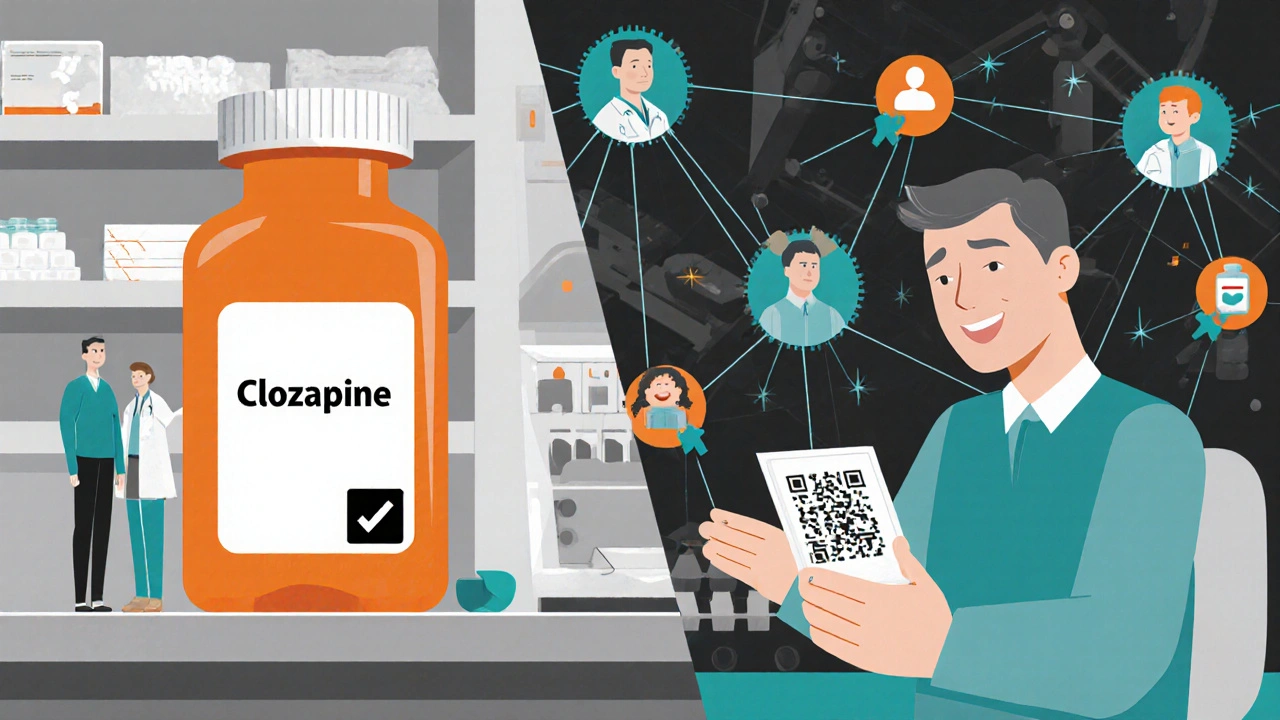
What Happens When You Join
Enrolling is usually quick. For voluntary registries, it takes 15-20 minutes. Mandatory ones might take longer because they require more medical data. You’ll typically need to provide:- Your name, date of birth, and contact info
- Your diagnosis and medical history
- Details about the drug you’re taking-dose, start date, any side effects
- Lab results (if required, like blood counts for clozapine)
- Answers to short surveys about how you’re feeling
Privacy and Data Security
It’s normal to worry about privacy. You’re giving out health details that could be sensitive. But here’s what you need to know:- Registries follow strict rules. In the U.S., they must comply with 21 CFR Part 11-meaning data is encrypted, access is logged, and only authorized people can view it.
- Your name is usually replaced with a code. Researchers see “Patient #7842,” not your real name.
- Data is never sold. It’s used only for safety monitoring, research, or regulatory reviews.
- You can opt out at any time. If you change your mind, your data is removed from active analysis.
Benefits Beyond Safety
Joining a registry isn’t just about helping science. It helps you, too.- 68% of participants say they learned more about their condition.
- 55% feel more connected to others with the same disease.
- 63% say tracking their symptoms helped them talk to their doctor more effectively.
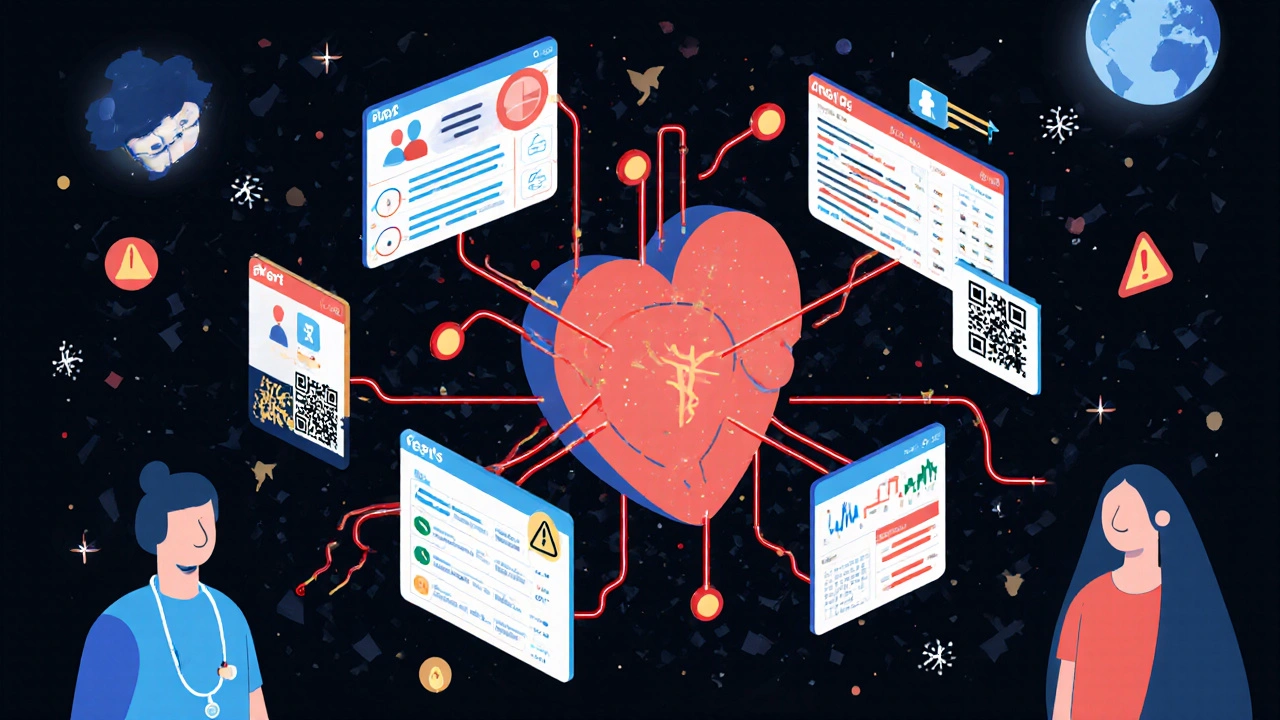
Challenges and What to Watch For
It’s not all smooth sailing. Here are common issues:- Dropout rates: About 19% of people stop participating each year. If you miss a survey, you might get a reminder. But if you ignore it for too long, you could be dropped.
- Complex consent forms: They’re often 2,000+ words long. If you don’t understand something, ask your doctor or call the registry hotline. You don’t have to sign anything you don’t get.
- Provider non-compliance: Sometimes, your doctor forgets to enroll you-even if it’s mandatory. If you’re on a drug like teriflunomide and your pharmacy won’t fill it, ask why. It might be because you’re not in the registry.
- Voluntary bias: People who join voluntary registries tend to be younger and healthier. That means the data might not reflect everyone who takes the drug.
What’s Changing in 2025
The system is getting better. In 2024, the FDA started requiring all new drug applications to include a registry plan for high-risk medications. That means more drugs will have registries in the next few years. New tools are making participation easier:- The MyStudies app (from the FDA) lets you report side effects directly from your phone. Over 142,000 people are using it.
- Blockchain pilots are testing secure, patient-controlled data sharing. You’ll soon be able to decide who sees your info.
- By 2025, the FDA plans to automatically enroll patients in registries if they’re on a high-risk drug and get care through a major hospital system-unless they opt out.
What to Do Next
If you’re on a medication with known risks:- Check Drugs@FDA or ask your pharmacist if a registry is required.
- If it is, enroll immediately. Your pharmacy may not fill your prescription without it.
- If it’s voluntary, consider joining anyway. Your data could help prevent harm to others.
- Keep your contact info updated. If you move or change phones, update the registry.
- Answer surveys honestly and on time. Even small details matter.
Do I have to join a patient registry if my doctor asks?
It depends on the drug. For some high-risk medications like clozapine or natalizumab, enrollment is mandatory. If you don’t join, your pharmacy won’t be allowed to fill your prescription. For other drugs, it’s voluntary-but strongly recommended. Even if it’s not required, joining helps researchers spot safety issues early, which can lead to better treatment guidelines for everyone.
Will my insurance know I’m in a registry?
No. Patient registries are separate from insurance systems. Your enrollment status is not shared with your insurer. The data collected is coded and used only for safety monitoring and research. Registries are bound by strict privacy rules and cannot use your information for billing, marketing, or coverage decisions.
How often will I need to update my information?
It varies. Simple registries ask for updates once a year. More complex ones may require quarterly check-ins, especially if you’re on a drug with serious side effects. Some registries sync automatically with your electronic health record, so you don’t have to do anything. Others send emails or texts reminding you to complete a short survey. On average, you’ll spend less than 15 minutes per update.
Can I leave a registry after I join?
Yes. You can withdraw from any registry at any time, even if it’s mandatory. However, if you’re on a drug with a mandatory registry, withdrawing may mean you can no longer get that medication. Your data will be removed from future analyses, but some information may remain in historical reports for regulatory purposes. You’ll be given clear instructions on how to opt out when you enroll.
What if I don’t understand the consent form?
You don’t have to sign anything you don’t understand. Most registries have patient advocates or helplines you can call. You can also ask your doctor or pharmacist to explain it in simpler terms. Many registries now offer plain-language summaries or video explanations. Your right to informed consent is protected by law-no one can pressure you into joining without fully understanding it.
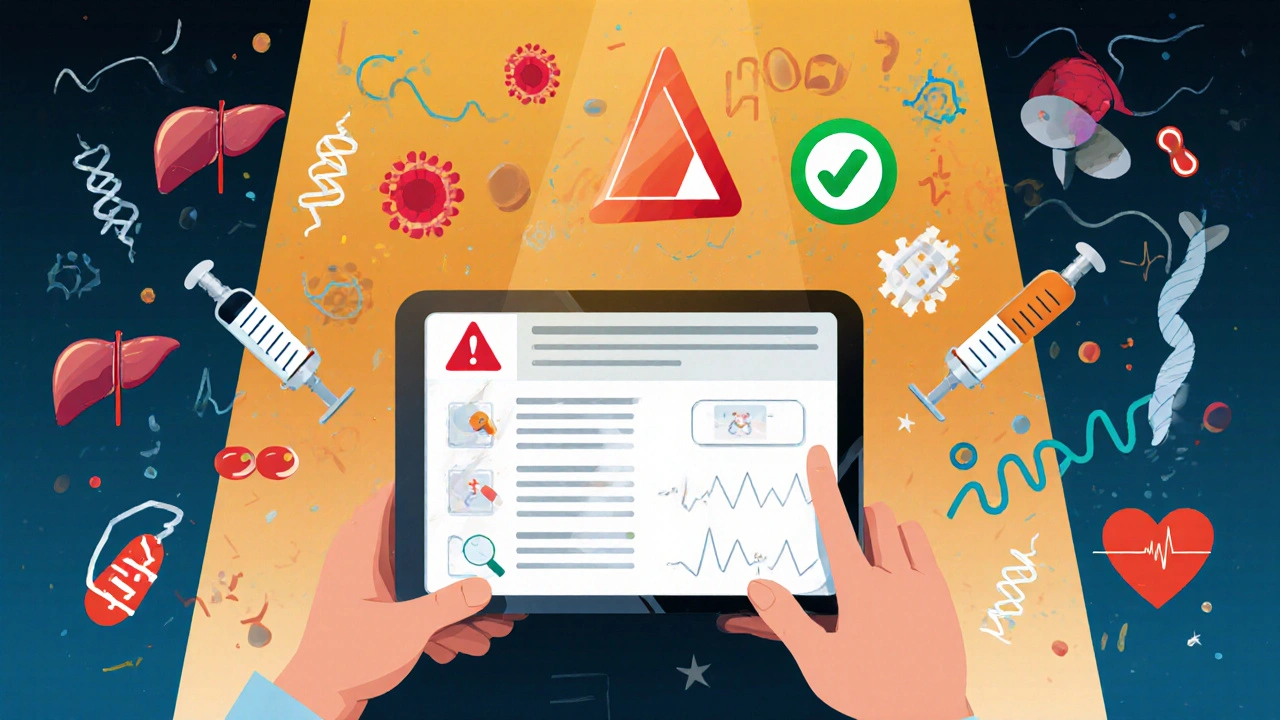
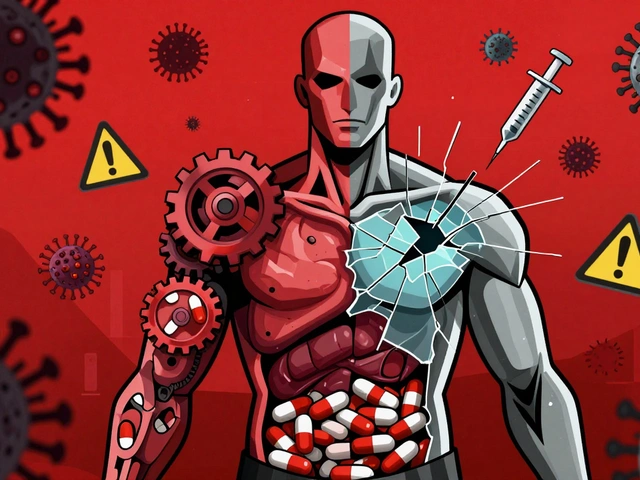
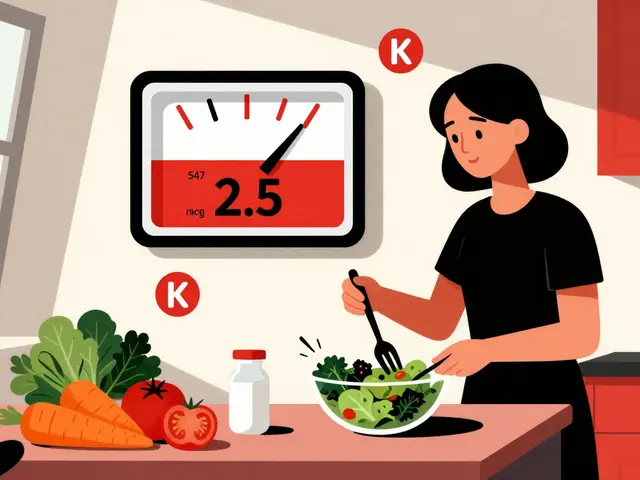


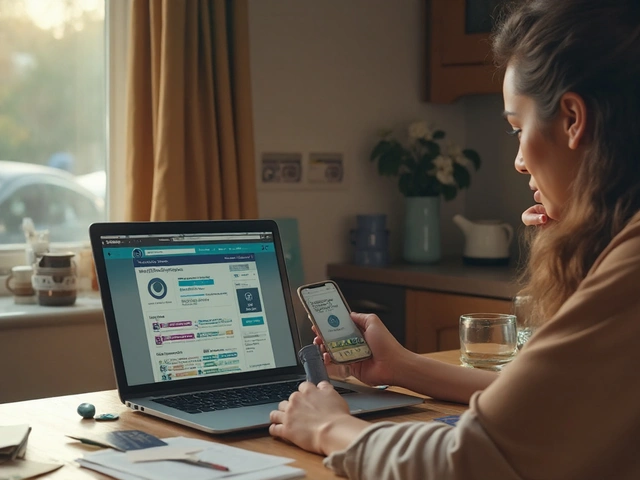
i just joined the clozapine registry last month and honestly? it was way easier than i thought. they sent me a text reminder when i missed my blood test, and now i get monthly tips on managing fatigue. no drama, just helpful stuff.
November 29Evelyn Shaller-Auslander